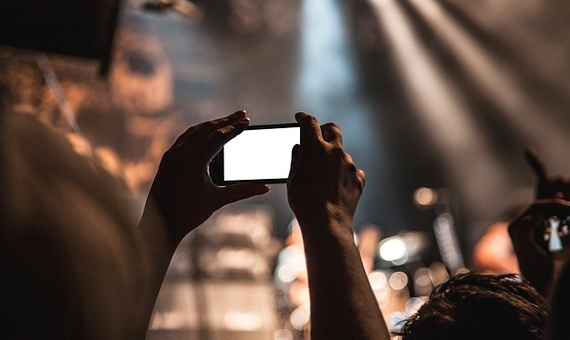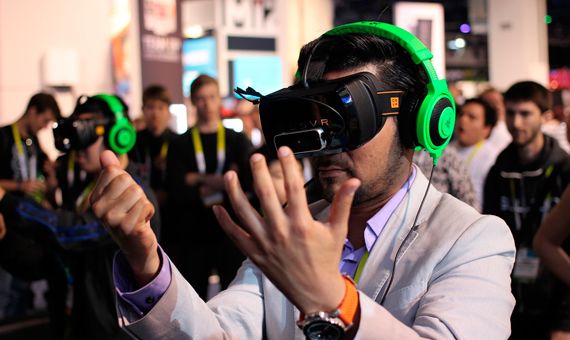Apple’s new phone, the iPhone 7, has introduced a significant change: headphones will always be wireless. What seems like mere technological optimization is the development of an expanded budding perceptual system: smartphones are tending to become extensions of our senses.

Twenty-four centuries ago Aristotle sensed that the path of science would take these courses when he wrote in the first lines of his Metaphysics “All men by nature desire to know. An indication of this is the delight we take in our senses.” The philosopher added that the sense of sight is the most loved above all other perceptions: hearing, smell, taste and touch. Aristotle’s reflection was part of the natural possibilities of understanding the world. Technological expansion in the twentieth century has focused on hearing and sight. The best-known means for such an extension have been radio, telephone, film and television. But that is changing at incredible speed. Long after Marshall McLuhan chanced to describe this paradigm shift in 1962, we have entered new dimensions of this revolution.
Improving image and sound quality of mobile devices is a step toward another level of change. Through them we perceive the outside world, also by means of touch, as many have integrated temperature sensors or browsers. And the interesting thing is that they are reaching a higher level of accuracy than what we could apparently see or hear.

Why How much are we able to capture naturally? In the case of sight, researchers have to reach an agreement. A list of scholars who have attempted to define the visual ability of the human eye during the last centuries includes Konig (1897), Hetch (1931), Blacwell (1946) Pirenne (1967) and Curcio (1990). Roger Clark, a photographer and astronomer from the Planetary Science Institute, has been concerned about translating the human vision to digital measurements. In 2005 Clark said that our eyes are able to observe 530 pixels per inch at a distance of fifteen or twenty centimeters. From there, apparently everything above that resolution exceeds our capabilities. The most powerful mobile phones are not far from achieving this and that is an important break point.
When we talk about sound quality, a standard is that of CDs, the resolution of which is 16 bits and a frequency of 44.1 kHz. Near to the human level, as agreed by Philips and Sony engineers forty-odd years ago. If we talk about high resolution, we need higher values: 24 bits and 96 kHz. Even so there are nuances that are difficult to achieve, because sound also has dimensions and amplitudes according to space. In fact, above these characteristics, we would have come to play sounds to the level that an average ear can reach.
But sight and hearing do not only capture one dimensionally. The eye, for example, is more than conciseness because it allows us to identify dimensions, distances and interpret the environment through the field of vision and connection to the other senses. And managing to get our devices to assume these variants is still a challenge.
Any new senses?
What Aristotle could know in the third century BC was confined to the wonderful horizons of the Mediterranean and a little further by written accounts of travelers. It had never been imagined that thanks to the robot Curiosity we could see images of Mars, know the composition of the Martian air and territory, and even listen to its landscapes. Not so far away, the project Oculus has opted for virtual reality. In the near future our mobile devices will also have sensors that transmit movements, smells and textures.
Video: http://www.dextarobotics.com/
We still cannot feel the wind or smell the sea through the net, nor feel being kissed by someone or taste a piece of fruit. Video games have advanced with sensory experiences of inertia. The Dexmo glove, for example, makes it possible to grab virtual objects by simulating that they are physical. This is opening ourselves up to new sensations and perhaps new senses. Technology will help us to listen to other frequencies, capture new flavors or catch a glimpse of what some animals can only observe. All this is an exciting and unexplored horizon. Enhancing our senses also means raising our possibilities of knowledge. Even more so when the interconnection of these senses will be able to let us know what millions of people perceive. This would be essential for, for example, feeling the planet. The boundaries of respect for privacy also appear there. We certainly have to prepare for it. Because to enter the world of shared sensory revolution, understanding its possibilities and limits, we would need to develop another capacity that Aristotle had an inkling as being important: acting with moral responsibility.
Ángel Pérez
Pacífico University
Comments on this publication